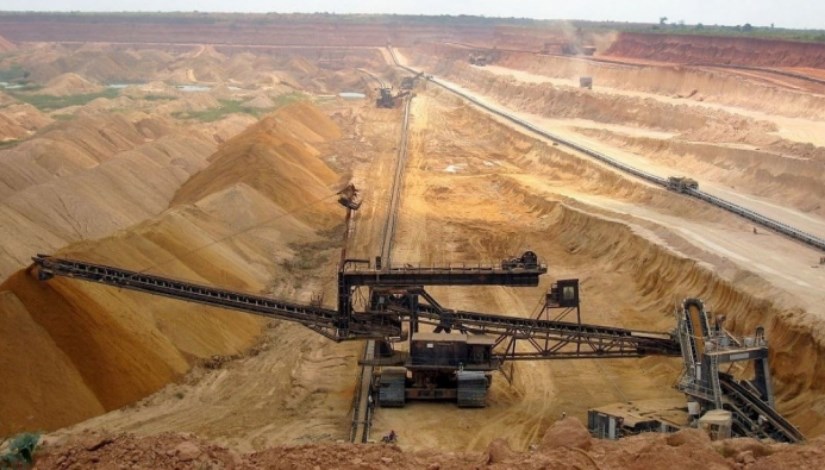
Phosphate is one of Egypt's most significant mineral resources. The country boasts vast reserves, positioning it among the world's leading producers and exporters. Phosphate plays a vital role in the Egyptian economy, not only as a source of foreign currency but also as a fundamental raw material for various industries, primarily the fertilizer sector.
Reserves and Production: A Solid Foundation
Egypt's phosphate reserves are estimated at hundreds of millions of tons, distributed across several regions. Key areas include Abu Tartour in the Western Desert, Sibaiya and Mahameed in the New Valley, and the Red Sea region. These massive reserves ensure continuous production and export for many years to come.
Regarding production, Egypt has shown increasing interest in maximizing the utilization of its phosphate wealth in recent years. Estimates suggest that Egypt's annual crude phosphate production ranges from 3 to 5 million tons, with ambitious plans to significantly increase these figures. A large portion of this production comes from major Egyptian mining companies like Phosphate Misr and other companies operating in this field.
Economic Importance: A Source of Foreign Currency
The export of crude phosphate and phosphate concentrates is a crucial source of foreign currency for Egypt. Global phosphate prices depend on various factors, including global supply and demand, production costs, and major economic trends. With the growing global need for fertilizers to ensure food security, demand for phosphate remains high, reinforcing Egypt's position as a key supplier.
Statistics indicate that the value of Egyptian exports of phosphate and its derived products (such as phosphoric acid and phosphate fertilizers) significantly contributes to Egypt's trade balance. For instance, some years have seen surges in phosphate export values due to rising global prices, positively impacting state revenues.
Challenges and Opportunities: Towards Added Value
Despite its vast potential, Egypt's phosphate sector faces some challenges. A prominent one is the heavy reliance on exporting raw materials, which limits the added value that can be achieved. Instead of exporting crude phosphate, Egypt is currently striving to increase the local processing of phosphate and transform it into higher-value products, such as phosphate fertilizers and phosphoric acid, which are experiencing growing global demand.
To achieve this vision, Egypt is moving towards:
- Infrastructure development: Improving transport and storage capabilities to enhance export efficiency.
- Attracting investments: Encouraging local and foreign investments in phosphate processing industries.
- Modern technology: Adopting the latest technologies in mining and processing to increase productivity and reduce costs.
- Market expansion: Targeting new markets for Egyptian phosphate products, especially in Africa and Asia.
Promising Projects: A Bright Future
One of the most notable projects reflecting Egypt's direction towards maximizing phosphate utilization is the "Phosphate and Phosphatic Fertilizers Industrial Complex" in Ain Sokhna. This massive project aims to produce various types of phosphate fertilizers and phosphoric acid at globally competitive prices, which will reduce reliance on imports and boost Egypt's export capacity.
Conclusion
Egypt's phosphate sector is a fundamental pillar of the national economy, possessing immense potential for growth and expansion. By leveraging its vast reserves, developing processing industries, and attracting investments, Egypt is steadily moving towards maximizing the added value from its phosphate wealth. This will secure a leading position in the global market and effectively contribute to achieving sustainable development.
 العربية
العربية Français
Français